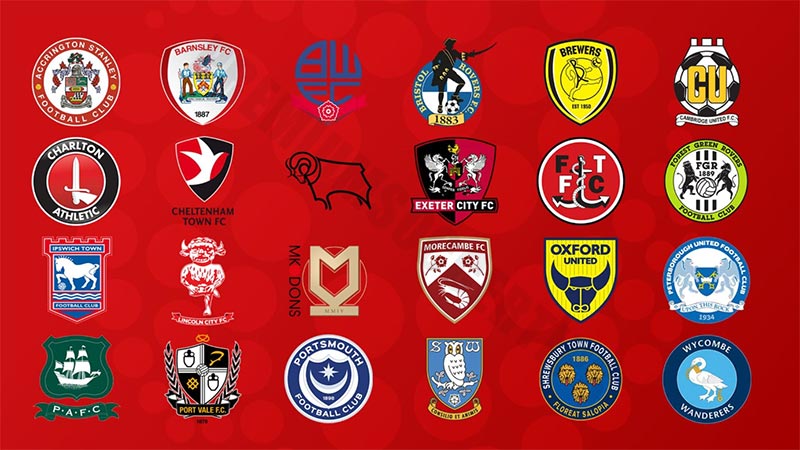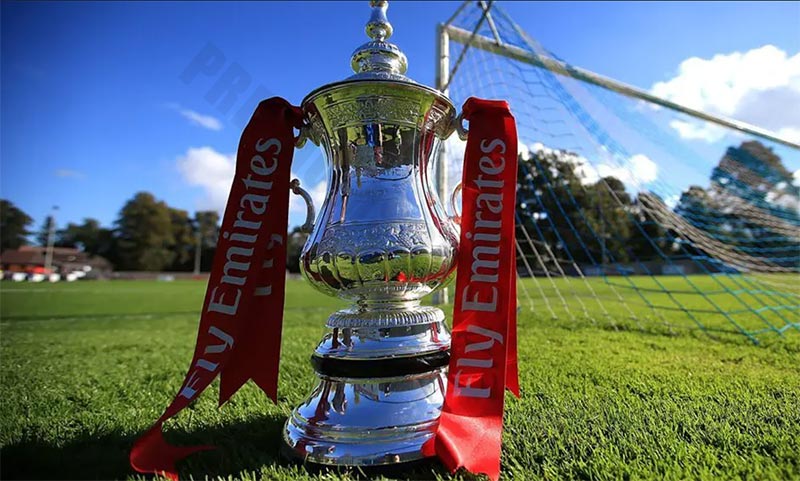What is League One football? Exploring england’s third tier
What is League One football? League One is a major division in the English football league system, sitting below the Championship and above the Second Division. It is a highly competitive and historic division, showcasing rising talent, passionate fan bases and storied clubs. In this article, Premiumsoccertips.net takes a closer look at League One, from its origins and structure to its impact on English football and the game globally.
Introduction to League One football
League One football represents the third tier in the English Football League (EFL). Known for its intense competitiveness, it acts as a proving ground for clubs aspiring to climb higher and for players aiming to make their mark in the sport. Unlike the global spotlight enjoyed by the Premier League, League One thrives on grassroots support and a community-driven atmosphere, making it a unique and cherished aspect of English football.

From historic clubs fighting to regain their past glories to underdogs aiming to defy the odds, League One captures the essence of English football. Understanding its origins, structure, and influence is crucial for appreciating its role in the broader landscape of the sport.
The history of League One
Origins of the football League
The English Football League (EFL) was founded in 1888 as the world’s first professional football league. It initially consisted of a single division but gradually expanded to include multiple tiers. This system allowed for a structure of promotion and relegation, creating a competitive environment for clubs of varying levels.
The formation of League One
League One, as it is known today, was established during the 2004-2005 season when the EFL rebranded its divisions. Before this rebranding, the third tier was simply called the Football League Second Division. The change brought clarity to the league’s structure and enhanced its identity within the EFL system.
League one’s current format
How the League Operates
League One consists of 24 teams competing across a 46-game season, with each team playing home and away fixtures. The teams earn three points for a win, one point for a draw, and none for a loss. The league table is determined by points, with goal difference and goals scored used as tiebreakers.

At the end of the season, the top two teams earn automatic promotion to the Championship, while the teams finishing third to sixth compete in playoffs for the final promotion spot. The bottom four teams are relegated to League Two, making every match critical for survival or advancement.
Promotion and relegation rules
Promotion and relegation are the heartbeat of League One. The prospect of moving to the Championship brings financial rewards and greater exposure, while relegation to League Two poses significant challenges. This dynamic fosters an environment of high stakes and relentless competition, drawing fans and players alike into the drama of the league.
Notable clubs and rivalries in League One
Famous clubs that have played in League One
League One has hosted several renowned clubs over the years, including Sunderland, Portsmouth, and Ipswich Town. These clubs, with storied histories and large fan bases, have contributed significantly to the league’s popularity. Their presence often elevates the competition, attracting attention from a broader audience.
Historic and fierce rivalries
League One rivalries add a layer of intensity to the competition. Matches like the South Coast derby between Portsmouth and Plymouth Argyle or the Yorkshire clashes involving Sheffield Wednesday and Rotherham United generate electrifying atmospheres. These rivalries are steeped in tradition, with local pride and bragging rights at stake.
The role of League one in player development
League One serves as a critical stage for nurturing young talent. Many players who now shine in the Premier League began their careers in this division, gaining valuable experience and exposure. Clubs often rely on academy graduates or loan deals with top-tier clubs to build their squads, creating opportunities for emerging stars.

Prominent examples include players like James Maddison and Jamie Vardy, who honed their skills in lower leagues before making their mark on the international stage. This pathway highlights League One’s importance in shaping the future of English football.
The financial landscape of League one
While League One clubs operate on significantly smaller budgets than their Premier League counterparts, the financial aspect of the league is a delicate balancing act. Revenue is generated through ticket sales, sponsorships, and television rights, though the sums are modest compared to the top tiers.
The introduction of financial fair play rules has further emphasized sustainable spending, compelling clubs to live within their means. However, the disparity between League One and the Championship often creates challenges for promoted teams striving to remain competitive at higher levels.
Fan culture and community impact
One of League One’s most endearing qualities is its connection to local communities. Clubs often serve as the heartbeat of their towns, fostering a strong sense of identity and pride. Matchdays bring fans together, creating a vibrant atmosphere that is both intimate and passionate.

Fan culture in League One is unique, with supporters often participating in grassroots initiatives, charitable projects, and youth development programs. This close relationship between clubs and their communities underscores the league’s role beyond the pitch.
Conclusion
League One football may not have the glitz and glamour of the Premier League, but its significance cannot be overstated. It embodies the essence of competition, resilience, and passion that defines English football. From nurturing talent and preserving historic rivalries to fostering community ties, League One is an indispensable part of the football pyramid. Whether you are a dedicated fan, a curious newcomer, or someone exploring the beauty of football beyond the elite, League One offers a rich and rewarding experience. Its unique blend of history, competition, and culture ensures its place as a cherished chapter in the story of English football.
See more: What are the top 5 leagues in soccer?








